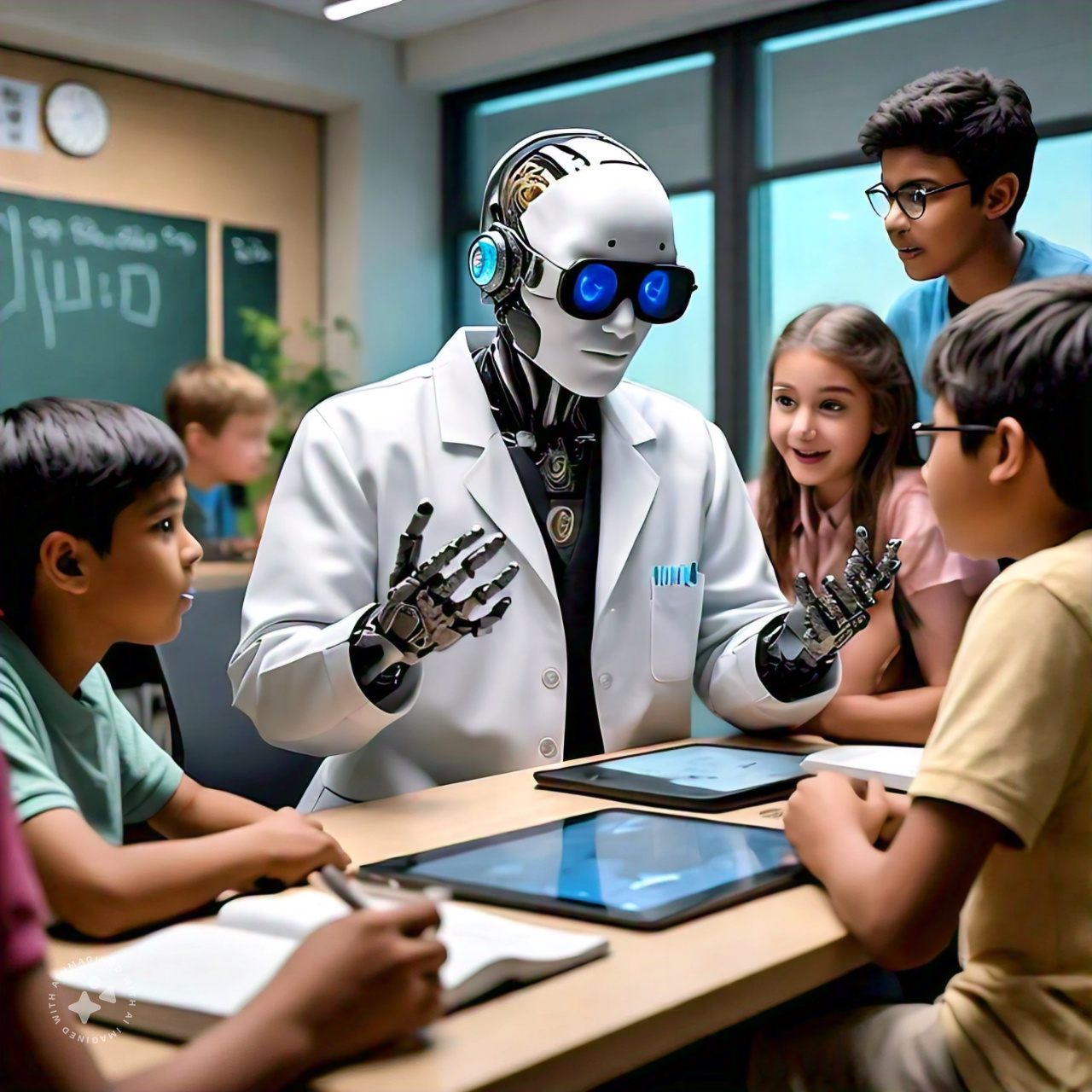Microplastics found in human breast milk for the first time
Microplastics, a “stealth killer” that threatens the Earth’s environment and human health, are now ubiquitous.
In previous studies, scientists have found traces of microplastics in environments such as the deep sea, Everest roof, seafood, human placenta, and baby feces. Once such non-degradable particles with a particle size of less than 5 mm enter the human body, it may interfere with the human endocrine system and cause long-term effects on human health.
Furthermore, in addition to causing direct harm to the human body, microplastics can also affect the global climate—by reflecting sunlight radiation, it has a small cooling effect on the climate.
Recently, a new study on microplastics found that microplastics have entered human breast milk or adversely affected infant health.
The team says while they still cannot fully identify specific health effects, the findings are worrisome because infants are vulnerable to chemical toxins and chemical exposures.
The related research paper, entitled “Raman Microspectroscopy Detection and Characterisation of Microplastics in Human Breastmilk”, has been published in Polymers (Basel).
Since the 1950s, global plastic production has been increasing year by year, and more than 40% of plastics are used as disposable packages, resulting in a large number of plastic wastes. Non-biodegradable plastic waste is degraded into plastic particles less than 5 mm in diameter by mechanical wear, photooxidation, etc.
In 2004, Richard C. Thompson et al., a professor at the University of Plymouth, UK, published an article entitled “Lost at Sea: Where Is All the Plastic?” in Science, where the concept of “microplastics” was first proposed. It is defined as plastic fragments and particles less than 5 mm in diameter.
In this study, the team tried to analyze breast milk samples from 34 healthy mothers for the presence of microplastics, all collected within a week after the delivery of the infant. Surprisingly, microplastics were present in 26 breast milk samples, accounting for 76%. Although this is a rather small sample size, the findings are compelling and cannot be ignored.
The team recorded how much food and beverages packaged in plastic were consumed by infant mothers and how they used plastic personal hygiene products, but found no link to the presence of microplastics in breast milk, suggesting that the widespread presence of microplastics in the environment “inevitably makes humans reach”.
In this regard, the team said it is essential to evaluate ways to reduce exposure to these pollutants during pregnancy and lactation, and recommended that expectant mothers avoid food and beverages in plastic packages, clothing made of synthetic fibers, and cosmetics containing microplastics as much as possible during pregnancy.
However, they also stressed that this study is not expected to be a barrier to breastfeeding for mothers of infants, “the benefits of breastfeeding are much greater than the disadvantages posed by the presence of contaminated microplastics.”
We have to accept the fact that plastics are ubiquitous in modern life, and they release microplastics and nanoscale plastics in daily use. In order to protect the earth’s environment and human health, microplastic pollution control is very important.
Currently, microplastics in the environment are mainly divided into primary microplastics and secondary microplastics.
Primary microplastics are small pieces of plastics manufactured by humans for a certain purpose, mainly from synthetic textile fiber shedding, synthetic rubber wear, road marking materials, ship coatings, daily chemical plastic beads and so on.
Secondary microplastics are small pieces of plastic formed by the decomposition of larger plastic rubbish. Among them, the land sources of microplastics are mainly poor management of landfills, sewage discharge, illegal dumping of rubbish, plastic processing, production and transportation, agricultural film, etc.; the marine sources are mainly waste fishing gear for fishery and aquaculture activities, ships, domestic rubbish and maintenance wastes on offshore operation platforms, etc.
Although we do not yet know the exact harm of these tiny plastic particles to human health, some actions, research into some technical solutions, and related strategies are necessary to mitigate the release of microplastics.
In addition, in life, we should also raise public awareness of environmental protection and try to avoid the use and contact of microplastics. For example, reduce the use of primary microplastics, disposable non-degradable plastic products, etc.
Collected by Matexcel, a biotechnology company that provides microplastic testing services. We use qualitative analysis equipment to determine the type of microplastics (MPs), quantitative analysis equipment to determine the quantity, content, etc., and also analyze the chemical substances adhering to the surface of the microplastics.
Welcome to Matexcel, a pioneering force in the realm of advanced materials and state-of-the-art services for both academic and industrial sectors.




